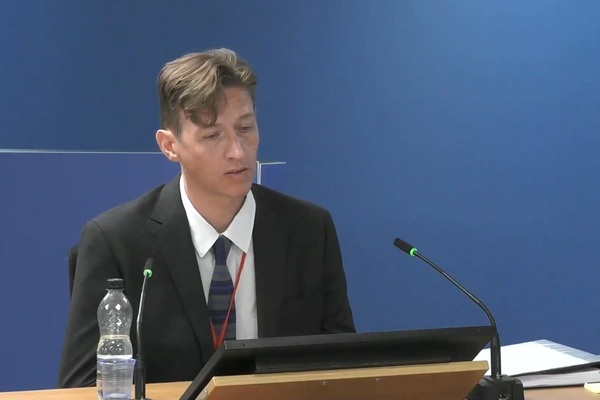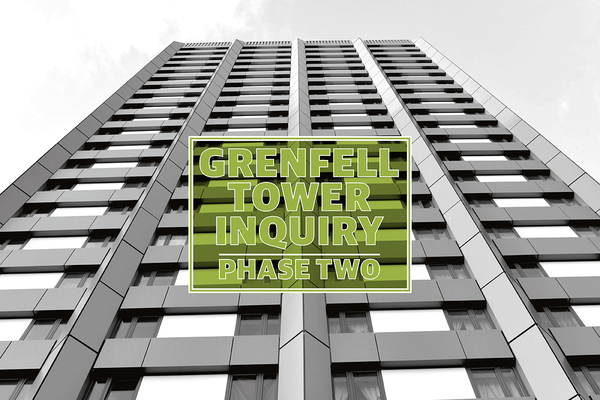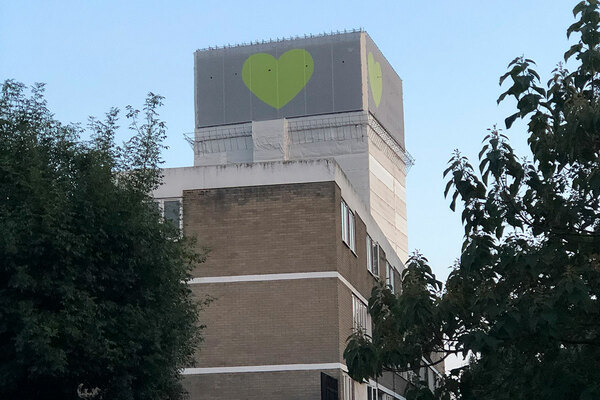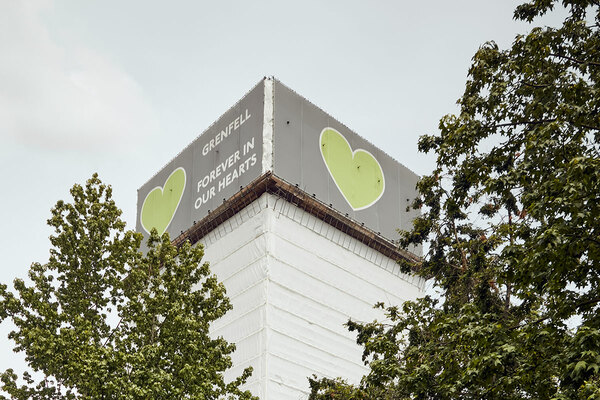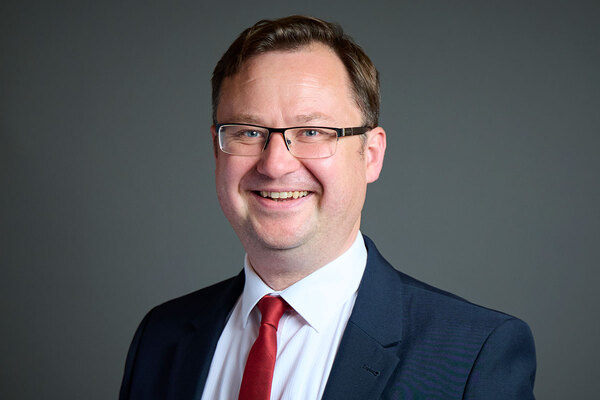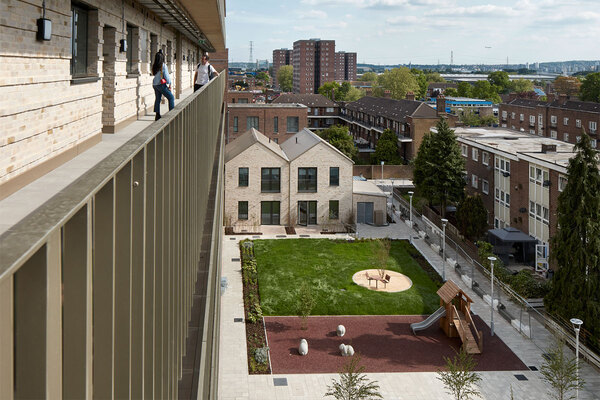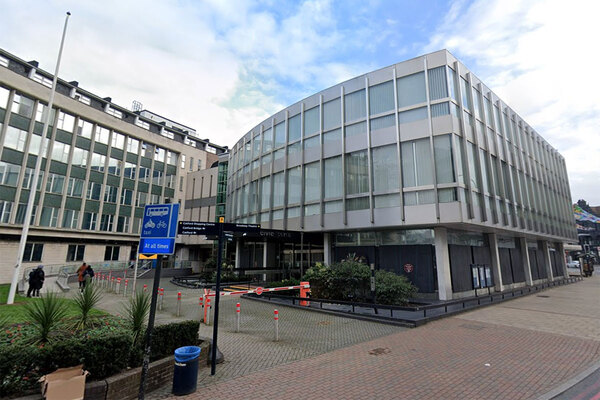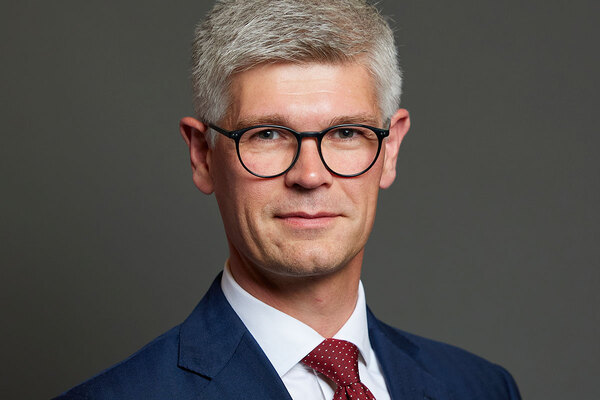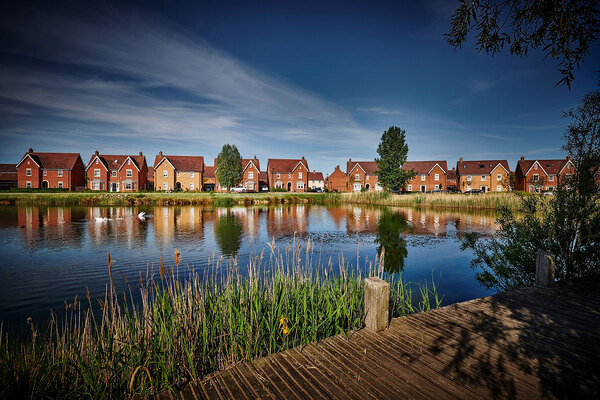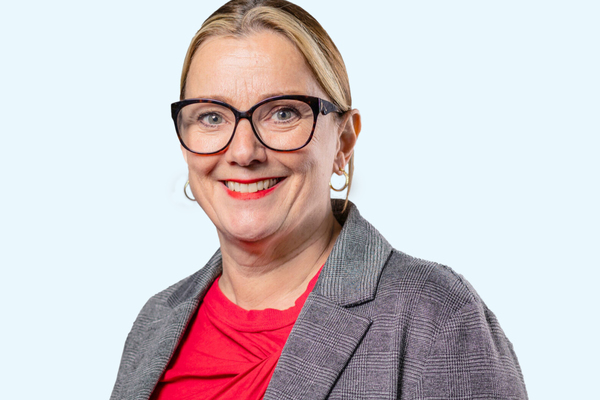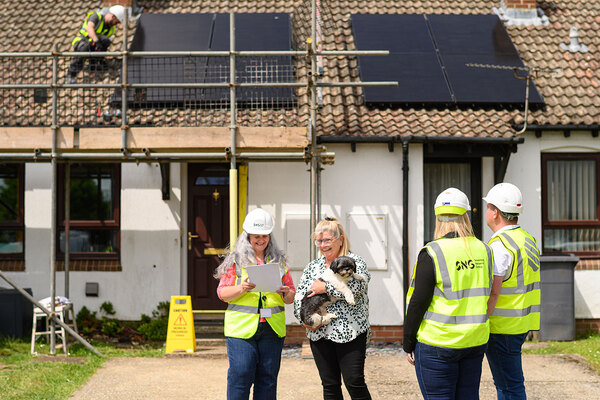Rydon ‘relied on others’ to check Grenfell cladding compliance, inquiry hears
The main contractor on the Grenfell Tower refurbishment project “relied on others” to ensure the cladding system complied with building regulations, the inquiry heard yesterday.
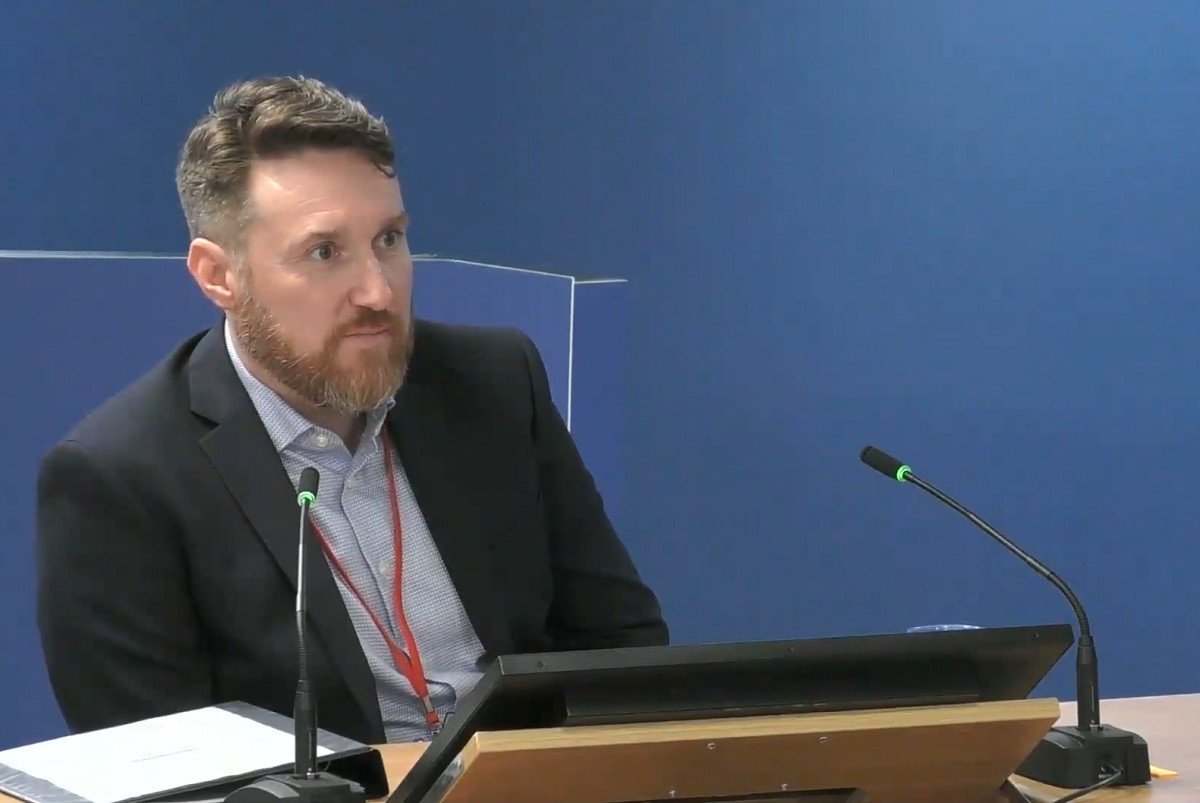
Simon Lawrence, a former contracts manager at Rydon who led the firm’s involvement in the refurbishment, said it used “competent specialist sub-contractors” to make sure the cladding met requirements.
He said this was how Rydon fulfilled its contractual obligations to Kensington and Chelsea Tenant Management Organisation to be “responsible for the design of the works” and ensure they were compliant.
Sub-contractor Harley Facades drew up cladding designs, while architecture firm Studio E approved them as “fit for construction” without needing further input from Rydon, Mr Lawrence asserted.
That appears to contradict evidence from Studio E’s Neil Crawford, who previously told the inquiry that it was not engaged to check safety compliance and saw its role as being “limited to responding to specific queries”.
No formal contract was in place between Studio E and Rydon until February 2016, by which time much of the cladding had already been installed.
Mr Lawrence agreed that he had assumed Studio E was capable of signing off cladding designs because of its work on the neighbouring Kensington Academy and Leisure Centre, which involved cladding.
He told the inquiry he was not aware Studio E had never been involved in overcladding a high-rise building before.
In his phase one report, inquiry chair Sir Martin Moore-Bick ruled that Grenfell Tower’s aluminium composite material (ACM) cladding was the “primary cause” of fire spread up the tower and did not comply with building regulations.
For his part, Mr Lawrence said he had a “general overview” of building regulations but was not familiar with details relating to fire safety and did not know that ACM posed a potential risk.
The inquiry heard yesterday that safety guidance from the Centre for Window and Cladding Technology was not kept on site during the refurbishment, despite a National Building Specification requirement that it should be.
Mr Lawrence suggested that the standard for systemised building envelopes document was missed because of the “sheer amount of information” involved in the project.
The inquiry continues.
Sign up for Inside Housing’s weekly Grenfell Inquiry newsletter
Each week our sister publication Inside Housing sends out a newsletter rounding up the key news from the Grenfell Inquiry, along with exclusive analysis of what it all means for the social housing sector.
Already have an account? Click here to manage your newsletters
